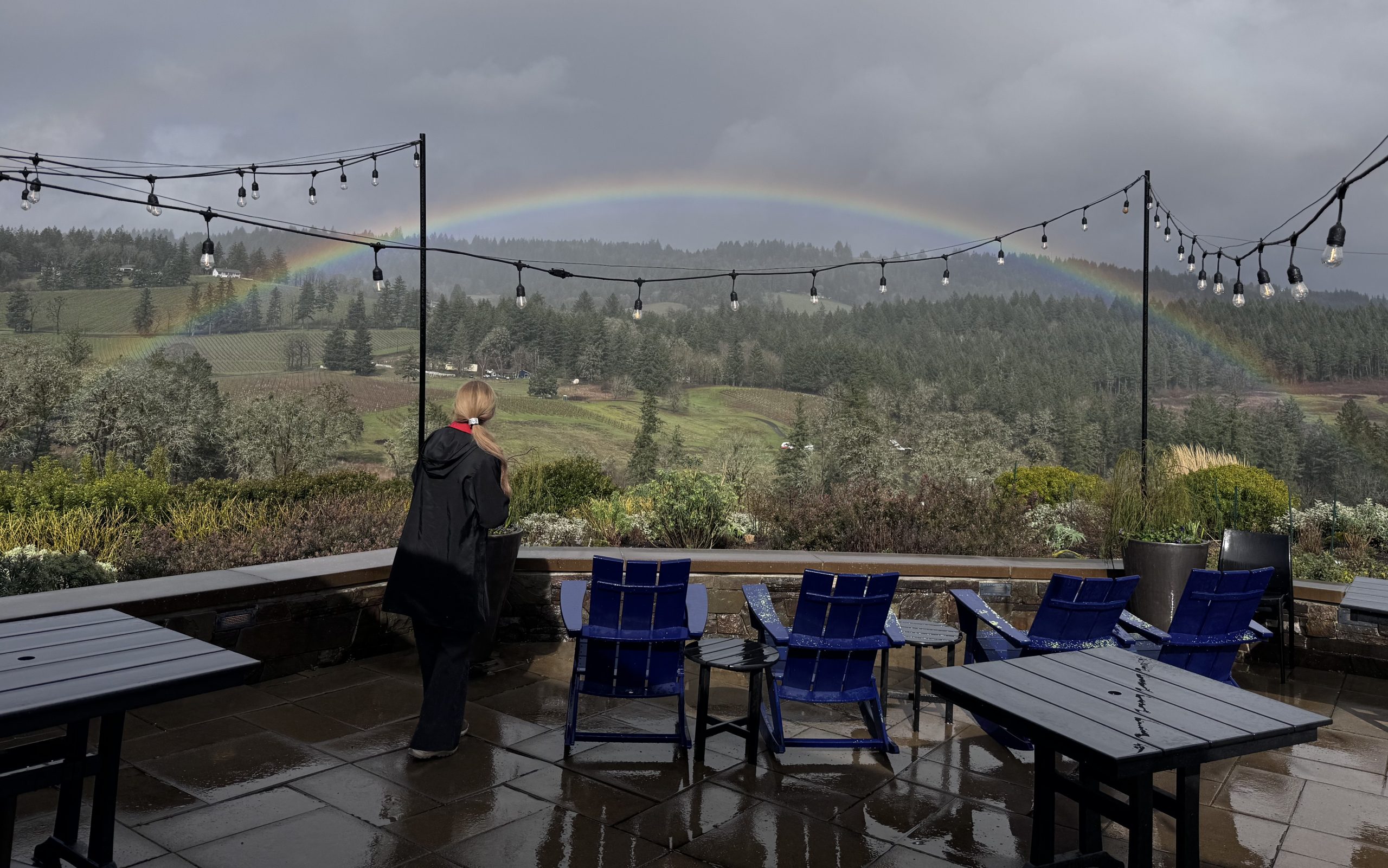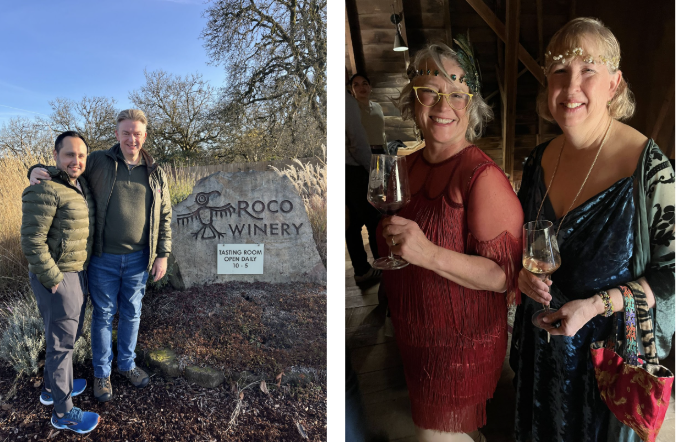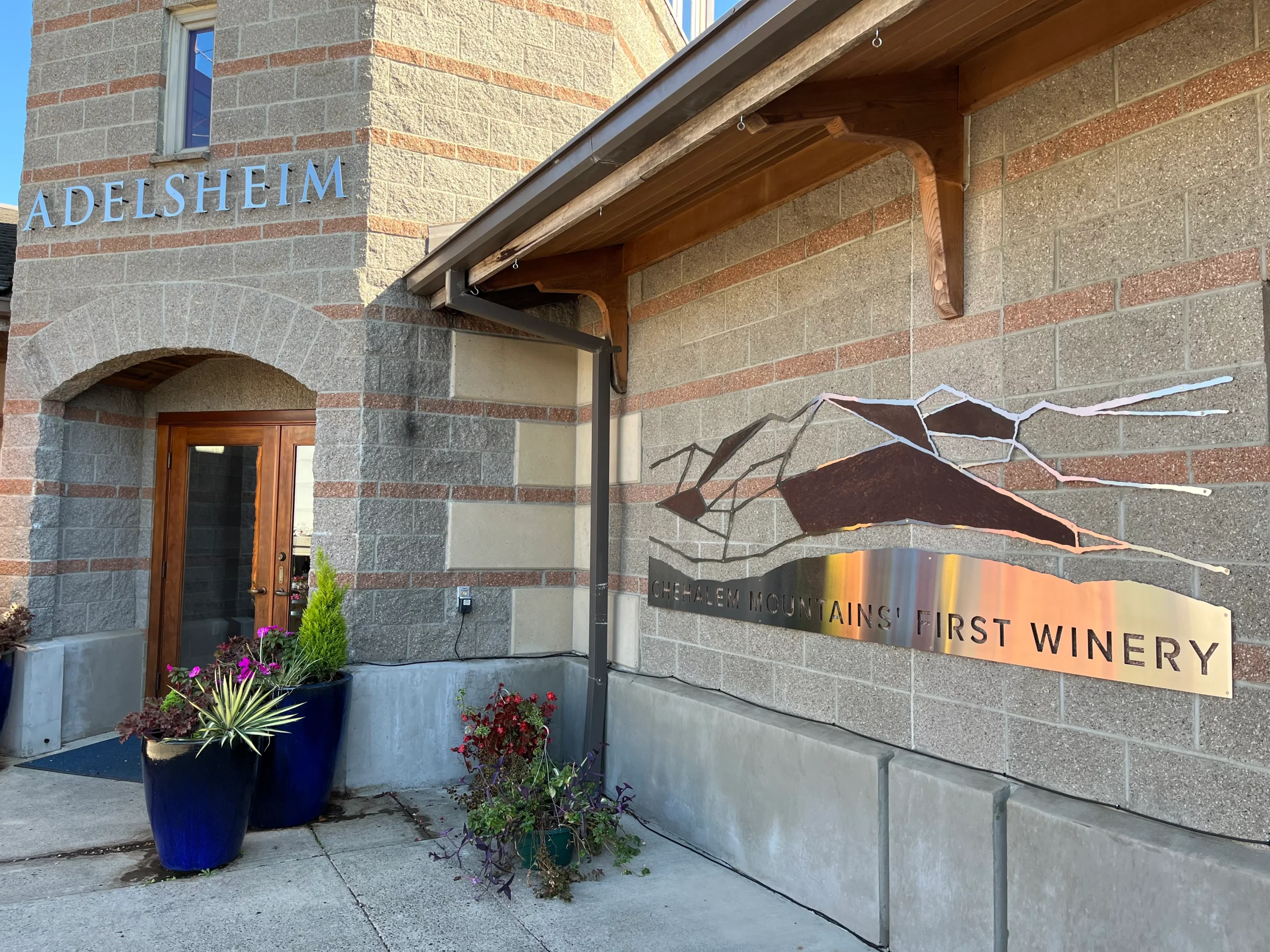Phylloxera: The Scourge of the Wine World or How a Louse Almost Killed Wine
“Scourge: a person or thing that causes great trouble or suffering” (Oxford Languages)
So maybe you are reading this post as a result of the teaser from my post on AVAs? If so thank you, science is fun and interesting, I promise! Plus you can impress your friends with some wine trivia at your next cocktail party (do people still do that?)
First the geeky facts: Phylloxera Vastatrix is a microscopic root louse native to North America that lives on grape vine roots. In the 1860’s in the Rhone Valley of France grapevines started withering and dying with no known cause. From there, this infestation started to affect vineyards across Europe and eventually spread all over the world, threatening the future of the wine industry1
In 1868, French botanist Jules-Emile Planchon discovered that the Phylloxera louse was the culprit With the help of American entomologist Charles Riley, Planchon traced the louse from North America, from where it was accidentally imported.
Fortunately for wine lovers everywhere, this pair learned that American rootstock is resistant to the louse. They created the strategy to graft European grape vines onto the American rootstock and saved wine for the world! As a result, after decades of spread of Phylloxera and replanting of millions of acres of vineyards, pretty much all of the world’s wine grapes are grafted onto rootstock originating in North America. Yay for scientists, American rootstock and Boo for the root louse !
Some fun facts on Phylloxera :
- Chile’s wine region is nestled against the Andes to the east and the Pacific to the west so Phylloxera never reached Chilean vines. The region is unique in that it maintains vines that predate the Phylloxera epidemic.2
- Phylloxera can’t thrive in sandy soil. Many Greek Islands, notably Santorini, were not infested with Phylloxera and contain some of the oldest vines in the world. The Canary Islands and Guincho beach of Portugal are also phylloxera free.
- When Phylloxera hit France, Spain, Italy and decimated vineyards, many winemakers emigrated to other parts of the world and brought their skills to South America, South Africa, Australia, New Zealand and California launching their now highly respected wine industries.
The Takeaway for Willamette Valley
Since wine production didn’t begin in Oregon in earnest until late 1960’s-early 1970’s, this issue was long ago resolved. Winemakers knew how to prevent Phylloxera infestation by using American rootstock. Oregon was spared the devastation in California where older vineyards had to be replanted at great cost and bankrupted many. Sometimes it doesn’t pay to be an early adopter!
Next time: What’s a varietal?









